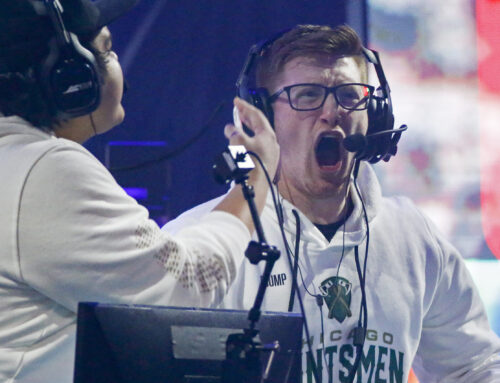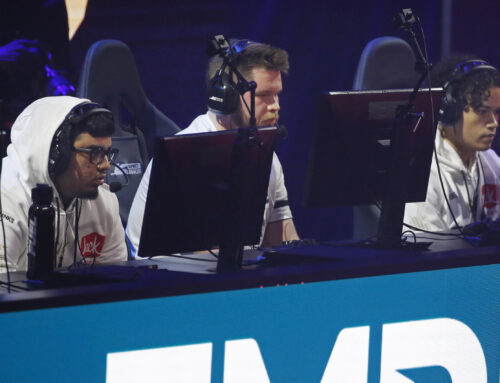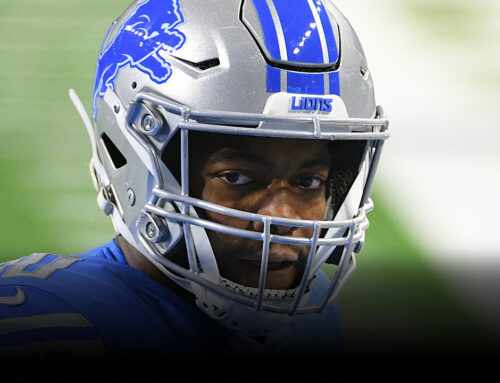Upon playing Breath of Fire again, I have realized that Link and Ryu fill the same everlasting protagonist role. What am I talking about when I say, “everlasting protagonist?” They are the heroes of multiple entries in their video games. Rather than one distinct version of the character, though, these protagonists just so happen to be different iterations throughout each new title. Each game utilizes a significant time jump to avoid the need for direct tie-ins, giving creators room to create a game that exists independently. Lately, I’ve been going through both Breath of Fire and The Legend of Zelda: Breath of the Wild. It got me thinking that the two video games share this phenomenon, although the stories and worlds are vastly different.
The Everlasting Heroes of Hyrule
The original Legend of Zelda came out in 1986, introducing us to video game staples that have stuck with us through 19 video games. An elf-like boy named Link sets out to collect the Triforce’s fragments to rescue Princess Zelda from Ganon. Every entry strips away certain elements. Ganon is not always the main antagonist, nor is the Triforce always central to the plot. Most notably, the Triforce does not play a role in Breath of the Wild despite its symbol decorating many places and items in the game. There is one who always shows up: Link.

We associate a young Hylian named Link with a green tunic and a pointed cap across the games. He is the face of the silent protagonist, using only grunts or other sounds to express himself. The thinking behind his silence was to let us rely on our thoughts, imagining that we are indeed Link. However, in-game characters reference the fact that Link speaks up. Breath of the Wild gives a storyline reason for him becoming mute – He feels he must remain strong and silent to bear the burden of defeating Calamity Ganon.

Princess Zelda is the Princess of Hyrule, and her name remains intact across various eras, like Link. Her role often changes, adopting the helpless Princess trope while offering a supporting role in battle for others. Regardless, she is a wise and gracious person. I attribute her ‘helplessness’ to the sacrifices she makes to ensure her subjects’ safety, leading her to surrender herself. She is magically and physically skilled and is the mortal incarnation of the Goddess Hylia. Unlike Link, though, she does not appear in every game. Zelda is absent in Link’s Awakening, Tri Force Heroes, and makes a flashback appearance in Majora’s Mask.
Breath of Fire’s Timeless Heroes
Capcom’s first attempt at the role-playing genre created Breath of Fire, released on April 3, 1993, and it is one hell of a game. It’s certainly not like The Legend of Zelda, in any case. Ryu is the main character of the series, an adventurer capable of shapeshifting into different Dragons. Each Ryu in a Breath of Fire game is a different incarnation, like Link. Standard features that carry on throughout each game are his blue hair and his connection to Dragons. This continues through the six Breath of Fire games, despite the sixth one (a Japanese exclusive mobile game) introducing a new lead, Ryu’s customizable sibling.
Ryu shares the silent protagonist trope with Link, for the most part. He only has speaking lines in the English version of the first game, and in Dragon Quarter (Breath of Fire 5), he’s the talkative one while Nina takes his place as the silent party member.
Who is Nina, you might ask? She is a human with the power to transform into a giant bird. In all games except Dragon Quarter (The black sheep of the series), Nina is a Royal Family member. Therefore, she is to Ryu what Zelda is to Link. There are different incarnations in each game, from respected Princess to royalty exiled from her own country due to a prophecy. Yet, she always teams up with Ryu to conquer the present threat. In Dragon Quarter, she isn’t a Princess and is instead a genetically engineered girl. Her wings are grafted onto her and act as extensions of her lungs. Oh, and she had her tongue cut out. BoF5 was weird.
Link and Ryu are friends of the Faeries

The Faeries exist in the world of Dreams within Breath of Fire’s universe. Their roles alternate between each game. However, they play large roles in Breath of Fire 3 and 4. I didn’t get far enough in 5, so don’t rely on me for that one. I’d have to say the third game did it best, allowing you to manage a Faerie village. Players can set them to complete tasks and take up jobs, later offering amazing gear in their stores. Either way, maintaining the Faeries in 3 and 4 is highly beneficial to the player.

As for The Legend of Zelda, we’re all too familiar with Navi and Tatl, the navigational fairies. These have delicate wings and appear as balls of light while others take winged, humanoid female forms. The Ocarina of Time introduced us to Big Fairies, wingless beings of light. Great Fairies also appear, most recently residing in Great Fairy Fountains, waiting to improve our armor sets. The strangest are the Stray Fairies, pieces of “Great Fairies” who resemble rabbits.
Whether we’re helping these beings in exchange for items or relying on them to make our adventure a little easier, these small creatures are important in both series.
Another odd similarity – Vague Continuity
Not only do the two main characters share existential circumstances, but they are also part of a continuity that fans continue to try piecing together.
Link has a convoluted timeline
The Legend of Zelda is, of course, the most confusing. Certain games in the series act as direct sequels, while others are alternative timelines. Each game does standalone, but the heroes do have a chronological existence among themselves. What that is, I won’t even begin to try talking about. I’ll share the very reason why it gets confusing, though.
In 2011, Nintendo published a master timeline in the Hyrule History, but they had this as a confidential document as early as 2005. In 2007, producer Eiji Aonuma said that two parallel timelines exist thanks to Ocarina of time, now officially called the Child Timeline and the Adult Timeline. There is a third timeline that resolves plotholes created due to the games preceding Ocarina of Time. It is called the Fallen Hero Timeline. Most recently, I learned that everything before Breath of the Wild’s backstory exists as a myth. Why? Well, Nintendo is smart enough to leave their timelines flexible for new entries, so don’t count on having a solid idea of when events occurred.
Ryu’s timeline is no better
Likewise, Breath of Fire’s timeline is a mess. This time, the lack of any reliable guidance leaves fans to theorize. All we seem to know is that Breath of Fire 2 is a direct sequel to the first game that seemingly takes place hundreds of years later. Fans like myself believe that Breath of Fire 3 takes place several hundred or thousand years on from the previous games. Impress sleuths with equally impressive memory recall a mural in one of the game’s towns showing characters from the first game fighting its big bad, Myria.
My favorite (only a little ahead of 3), Breath of Fire 4, throws a wrench in everything. It’s a prequel, or it takes place in an alternate reality. Ryu and other characters, believed to be Gods or Demons, are summoned from other worlds. There is also a character who appears in every game except Dragon Quarter named Deis, but she is called “Bleu” in the English Breath of Fire 1 and 2. She is legitimately the same character with a long lifespan; That certainly for her fourth appearance is questionable.

I think of Breath of Fire 4 as a prequel, mostly because we can interpret the summoning theory as the first time these characters appeared. There’s also the fact that Dragons in the fourth game (Called the Endless) are literal Gods. In the rest of the games, every dragon bloodline is considerably weaker than the Endless. Then again, Breath of Fire 4 and Dragon Quarter are both meant to stand alone. That doesn’t stop us from trying to squeeze them into the timeline! Honestly, blame our relentlessness on the easter egg in the fourth game. Rei and Teepo, two main characters from Breath of Fire 3, make a cameo in the game, fueling my younger self’s speculation.
Does any of this mean much?
The short answer, no. It’s fascinating to see two old favorites share mystifying similarities. Of course, these two games aren’t the only ones to use these storytelling tropes. In my opinion, they’re the earliest and most outstanding examples in memory. That’s why it pains me to see that Breath of Fire has perished, but The Legend of Zelda is pressing onward with a direct sequel to Breath of the Wild. So, until we receive another Breath of Fire game, this will be the last time I publicly compare them. For now, you’ve heard it from me: Link and Ryu have strange similarities.
Did you know of any other similarities between the two titles? If so, please let me know in the comments!















[…] Related Article: Link and Ryu are more alike than we ever imagined! […]
[…] RELATED POST: Link and Ryu are more alike than we ever imagined! […]